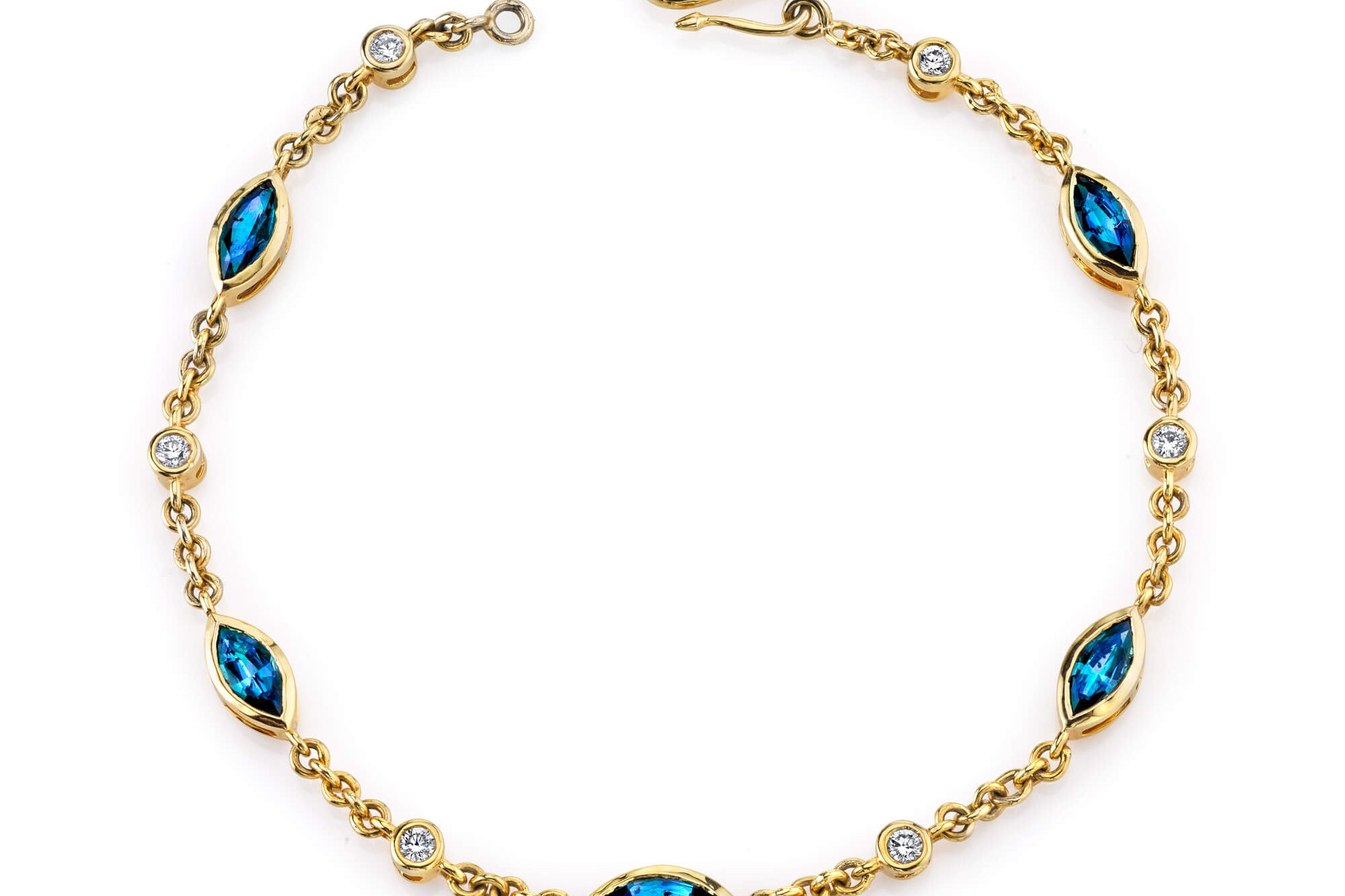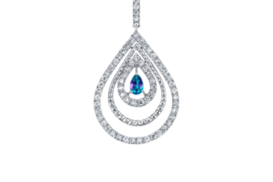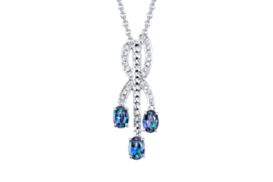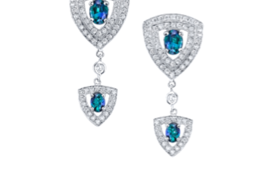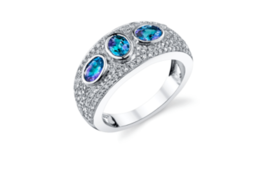THE HISTORY OF RUSSIAN ALEXANDRITES
In the Ural mountains of Russia in 1830 a miraculous stone first saw the light of day. Found on the 12th birthday of a Russian Crown prince, later to become Czar Alexander II, it was named Alexandrite and has become the June birthstone.
What made this stone so special for the Russian people was it’s almost magical color change, from a deep forest green in sunlight to a deep merlot red under incandescent or candle light. These colors were symbolic to the Russian soldiers as their uniforms bore these same colors and the stone was said to enable the wearer to foresee danger.
Alexandrite is extremely rare, much rarer than diamonds, tanzanite, rubies or any other popular gemstone. This is what gives it such value to the collector and makes it such a sound investment stone. In 2010, for example, 75 MILLION carats of diamonds were mined in the top 7 diamond producing countries in the world. By comparison, roughly 1,200 carats of alexandrite were mined in Hematita, Brazil, the world's main source of gem-quality alexandrites.
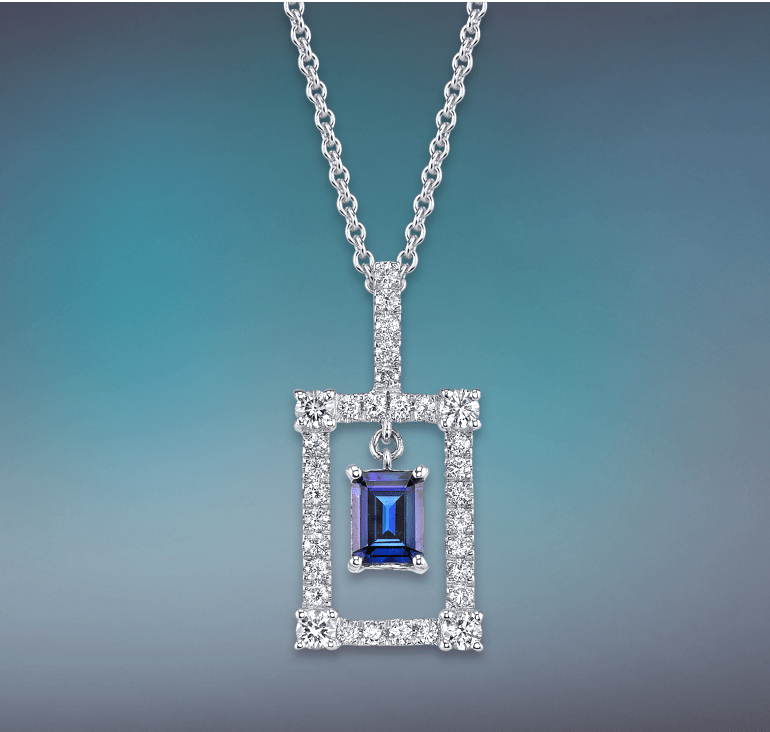
ALEXANDRITE SOURCES
Originally discovered in Russia in 1830, Alexandrite is also found in Sri Lanka, India and, since 1987, in Brazil. The stones from the four regions have very distinct characteristics.
RUSSIAN ALEXANDRITE
The original stones from Russia were excellent quality with very distinct color change from green to purple red. However, significant finds have not been made for decades. The small amounts that still come out of Russia contain many inclusions and are generally not gem quality material. A note of caution about Russian alexandrites: If anyone tries to sell you an alexandrite claiming it is from Russia, always ask for proof, specifically for a gemstone report from a reputable, third-party gem lab such as AGL, Gubelin or SSEF confirming the origin.
SRI LANKA

Stones from Sri Lanka show muddy tones and weak color change
The material found in Sri Lanka tends to be larger than that found in Russia but has a very weak color change compared to other sources. If the stone has no color change it can not be considered alexandrite. stones from Sri Lanka show muddy tones and weak color change
INDIA

Stones from India show reasonably good green tones, but weak change to red tones
Alexandrite was discovered at the beginning of the 21st century. These Indian stones exhibit a beautiful green color but a weak color change. stones from India show reasonably good green tones, but weak change to red tones
BRAZIL

Stones from Brazil show brilliant tones in both green and red and a strong color change
Brazilian deposits of alexandrite were discovered in the state of Minas Gerais in 1987. These stones have a high brilliance with a strong blue-green under sunlight and exceptional color change to a purple-red indoors. The Brazilian stones are considered by experts to be the best quality stones available in the market today. stones from Brazil show brilliant tones in both green and red and a strong color change
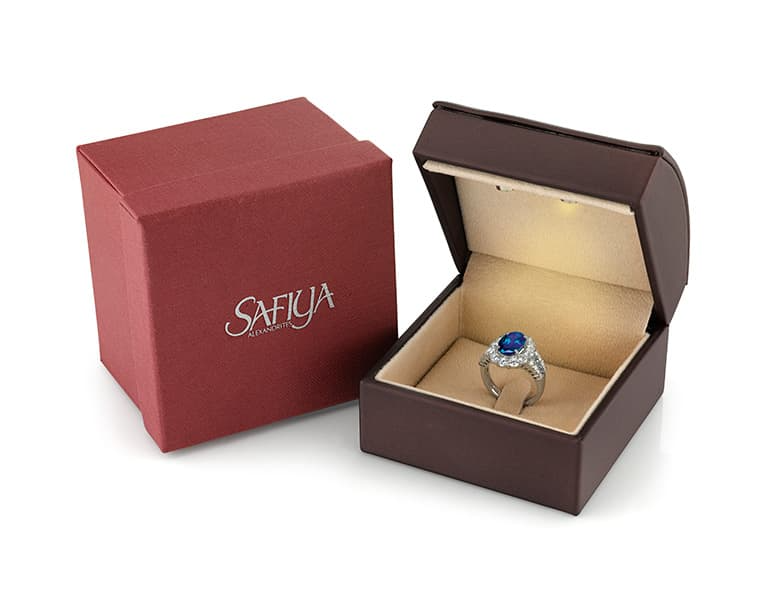
The three factors that determine the value of a particular stone are size, color change and clarity.
SIZE
Of course one would assume that a larger stone is more valuable than a smaller stone, but with alexandrite, large stones are so incredibly rare that the price per carat will increase dramatically as the stone gets larger. Comparing stones of similar quality, a stone that is triple the size of another would be ten times the price.
CLARITY
Like emeralds, inclusions are common in alexandrite, however the fewer inclusions a stone has the higher the value of that stone. Unlike emeralds, the hardness of alexandrite is 8.5 and a stone free from major inclusions is extremely durable.
COLOR CHANGE
The single greatest factor affecting the value of an alexandrite is the naturally-occurring color change that amazed the people who first discovered the stone. The key to purchasing an alexandrite today lies in evaluating the strength of the green to red color change. Gems without a color change and stones showing little or no green color are not even considered to be alexandrite, but are referred to by the generic mineral family name, chrysoberyl.
Remember, this color change is completely natural and cannot be created or enhanced. Ask your sales associate to show you, right before your eyes, the exceptional color change that Safiya alexandrites display. The value of your new stone will be confirmed when you see the change for yourself.

